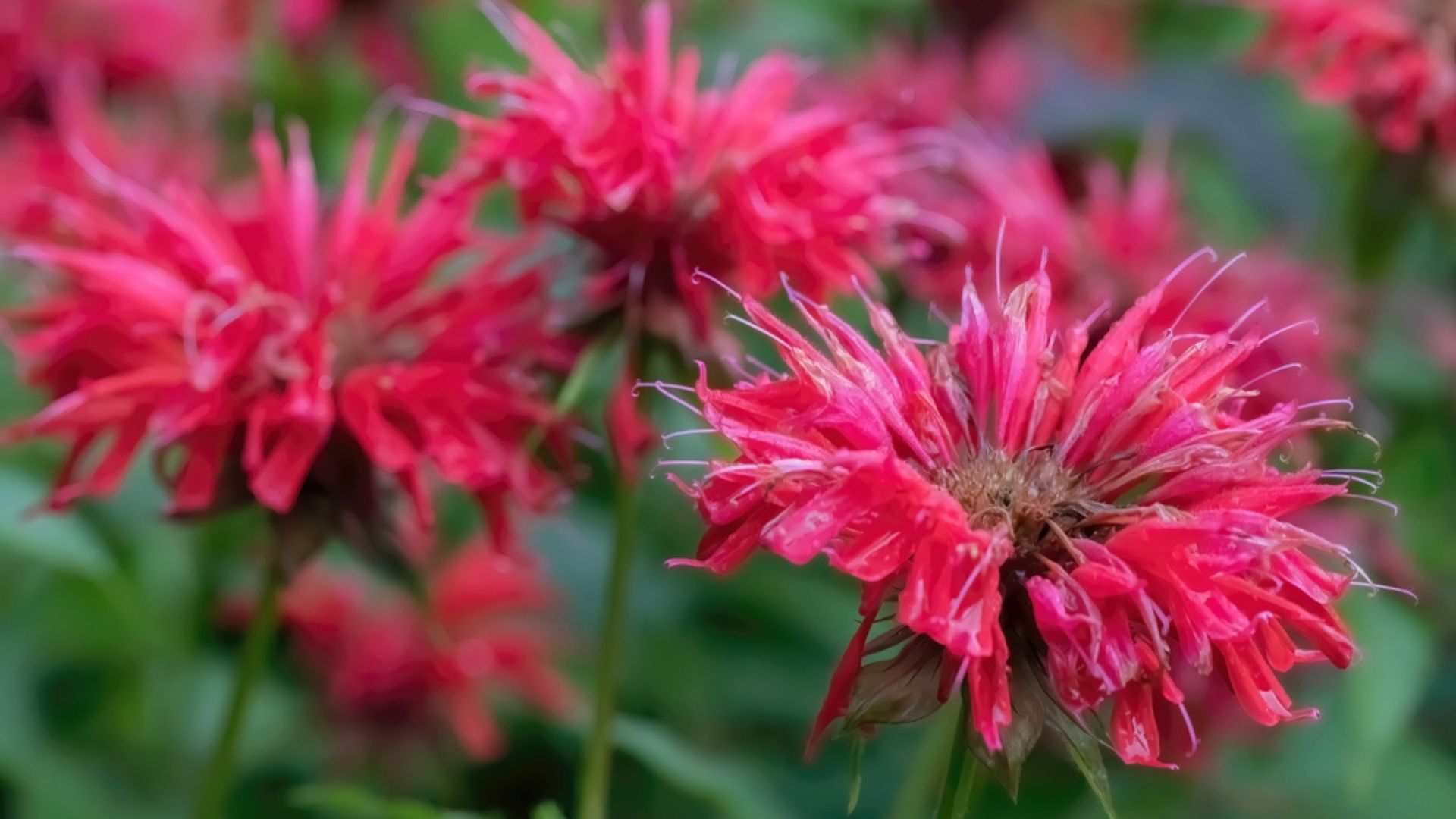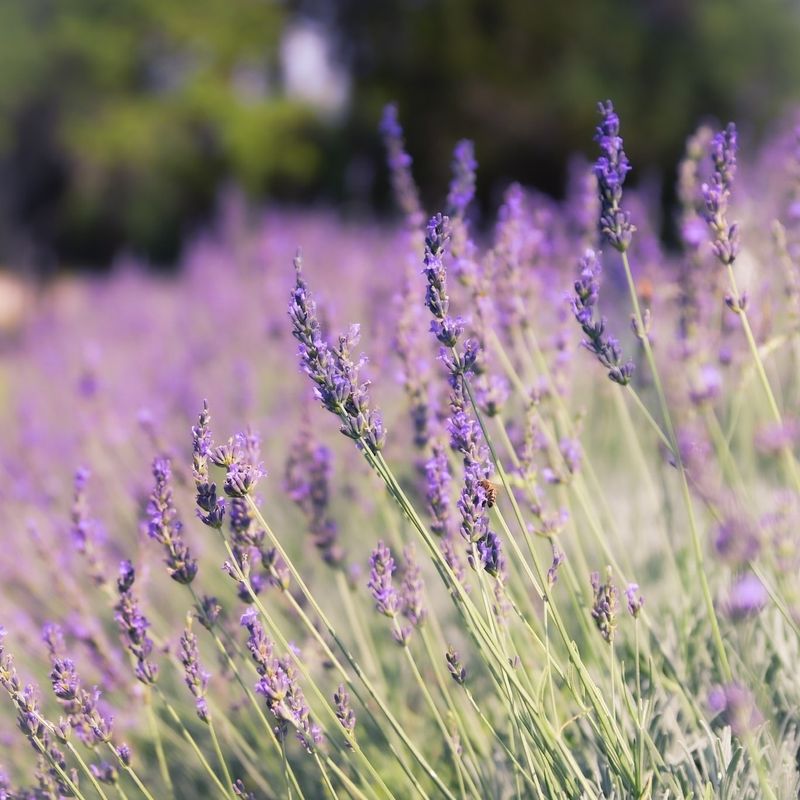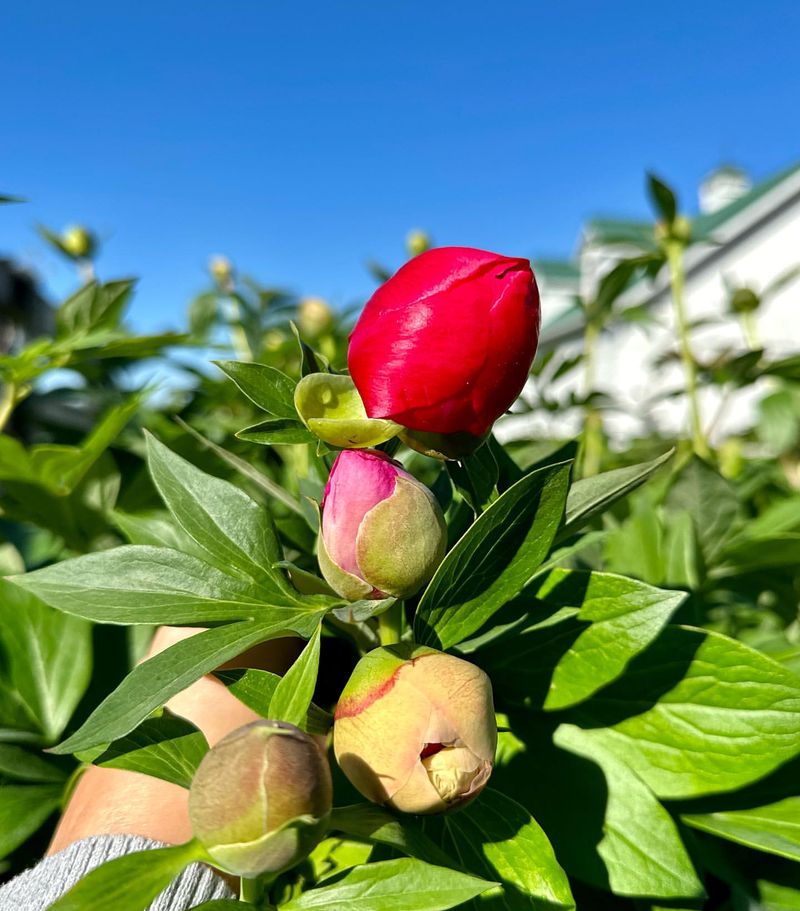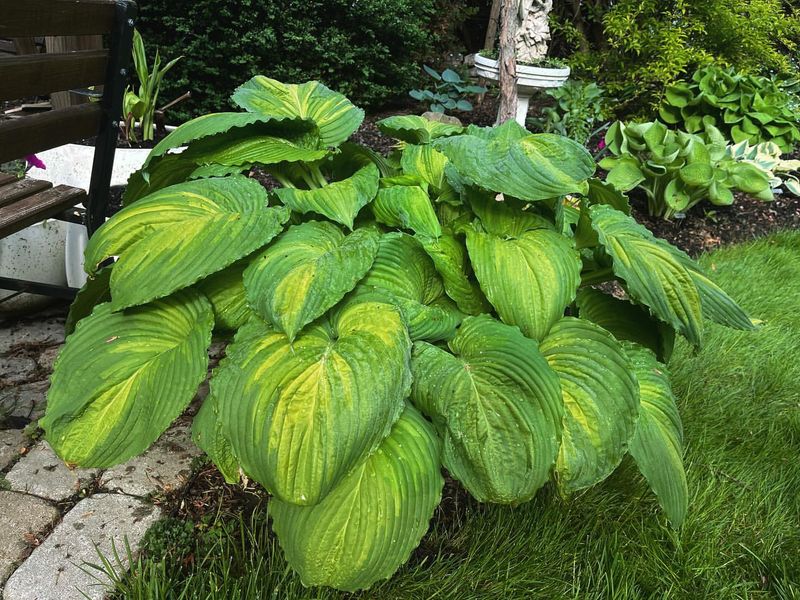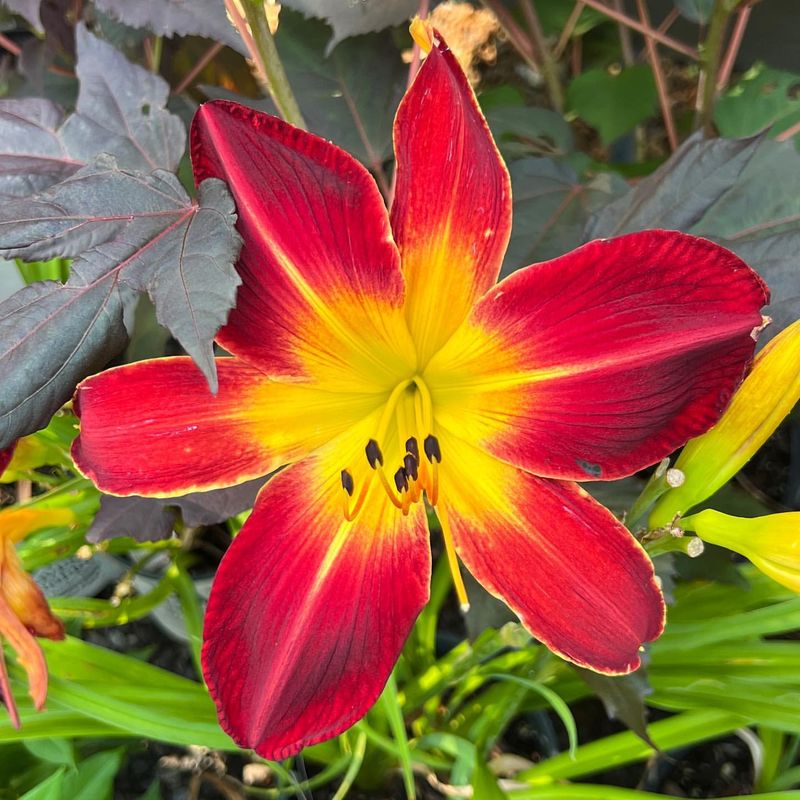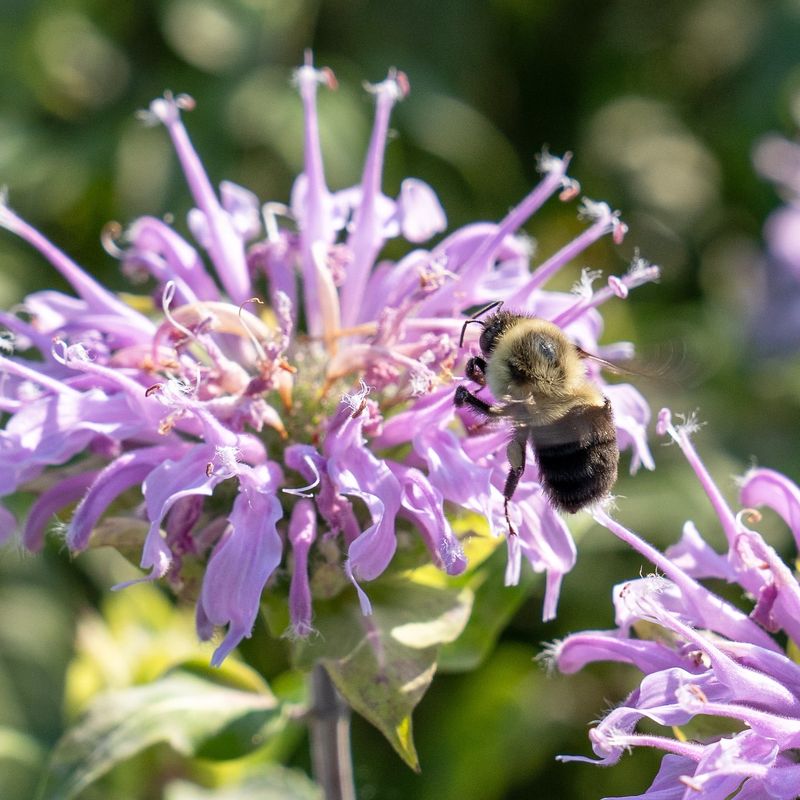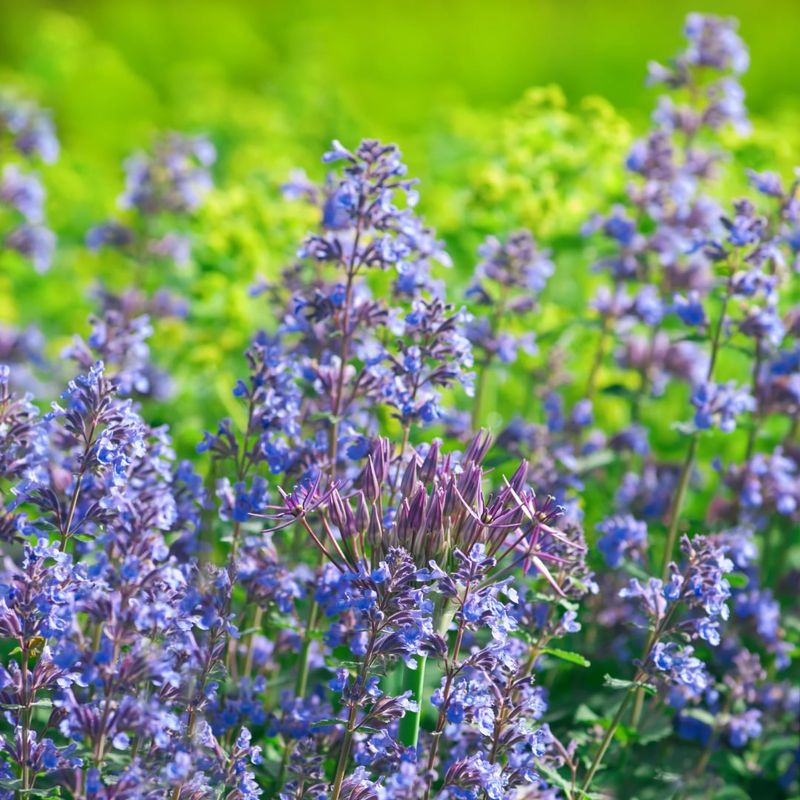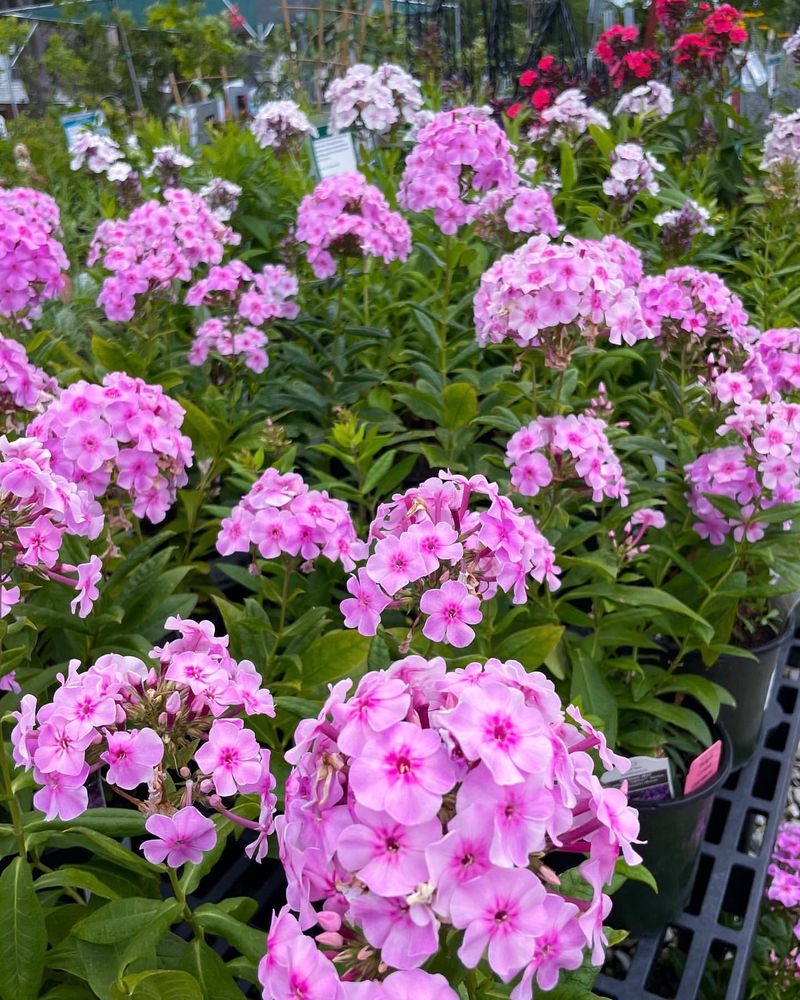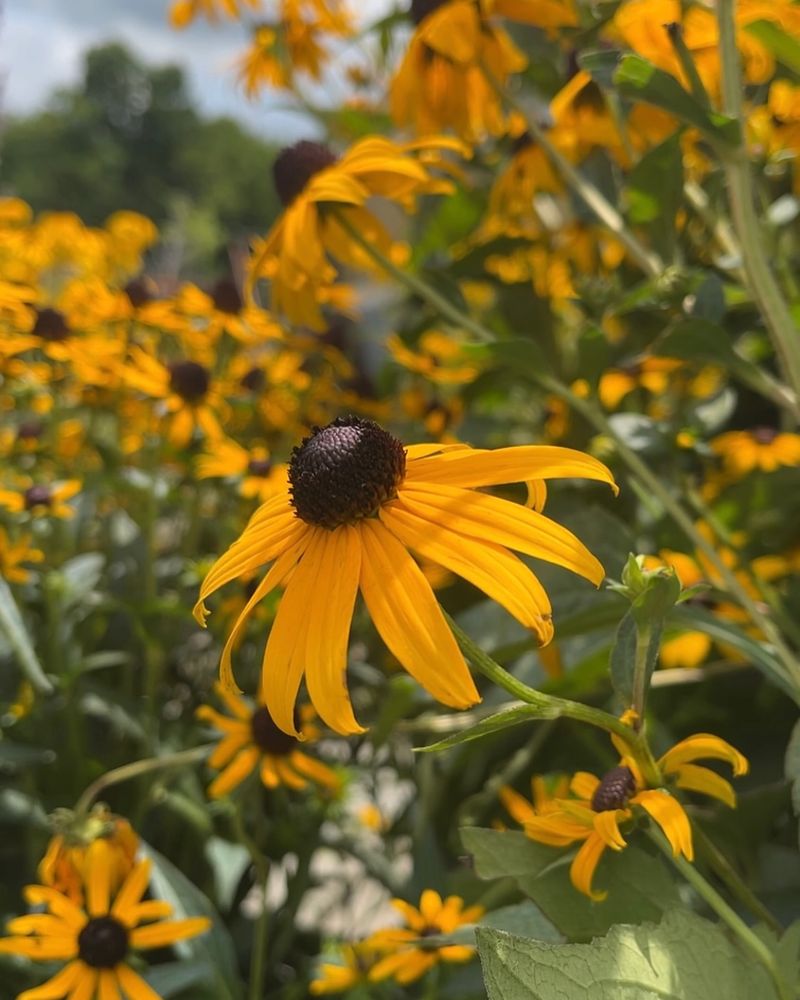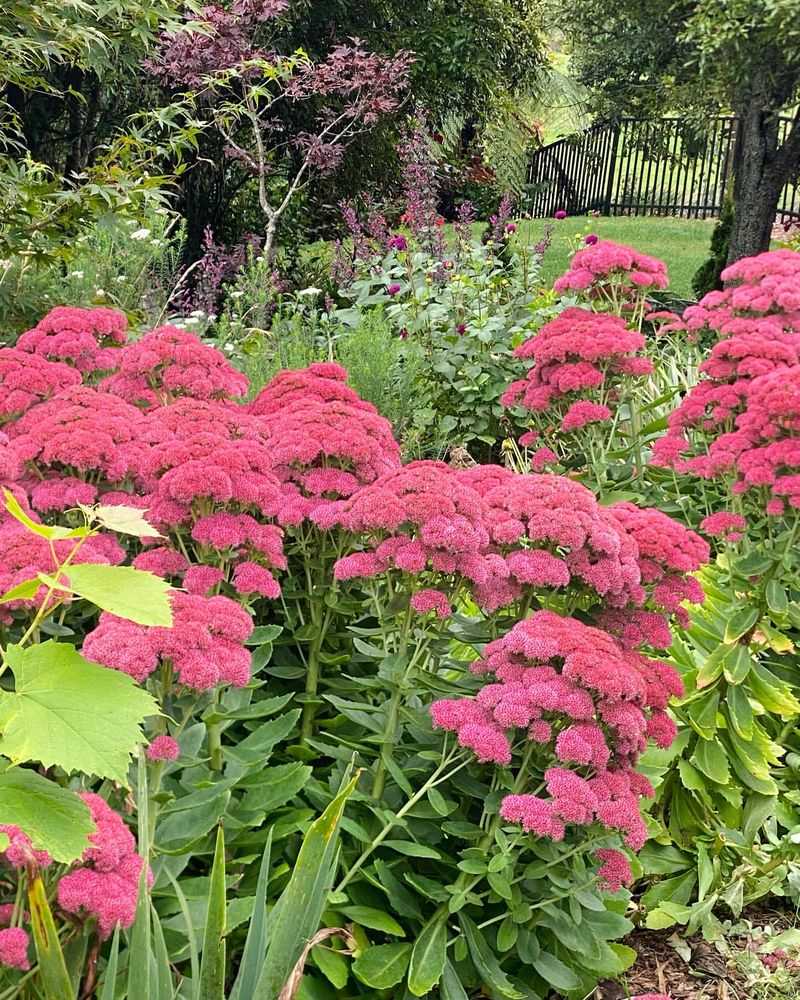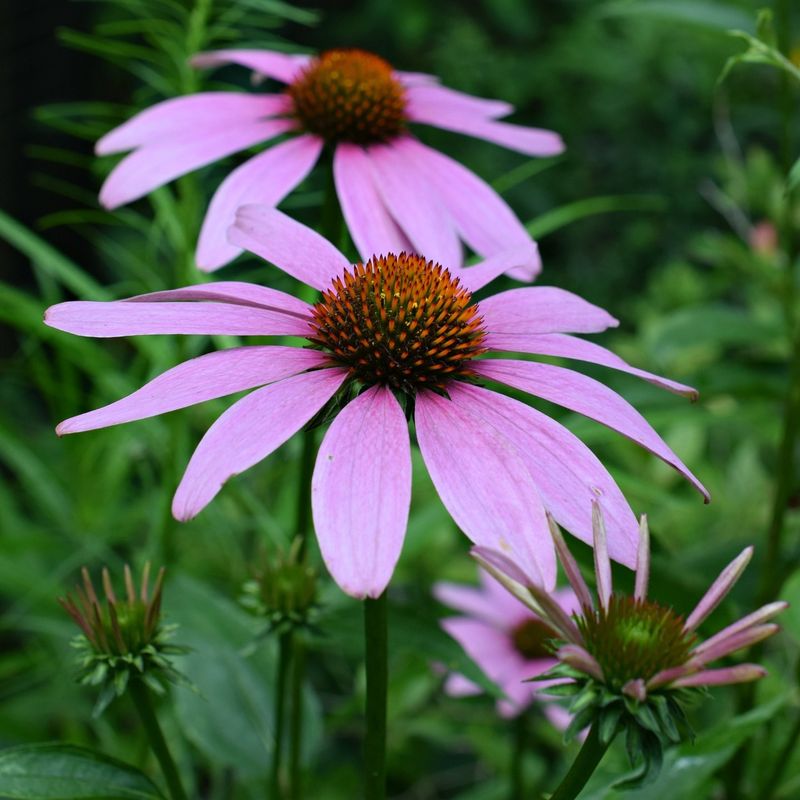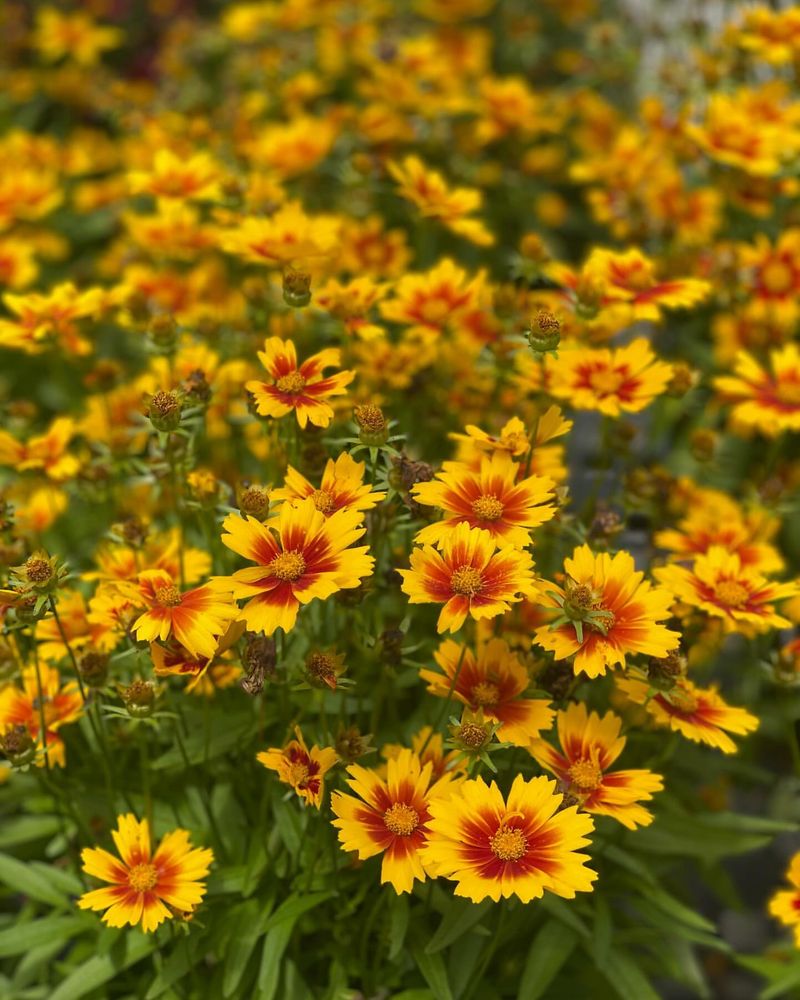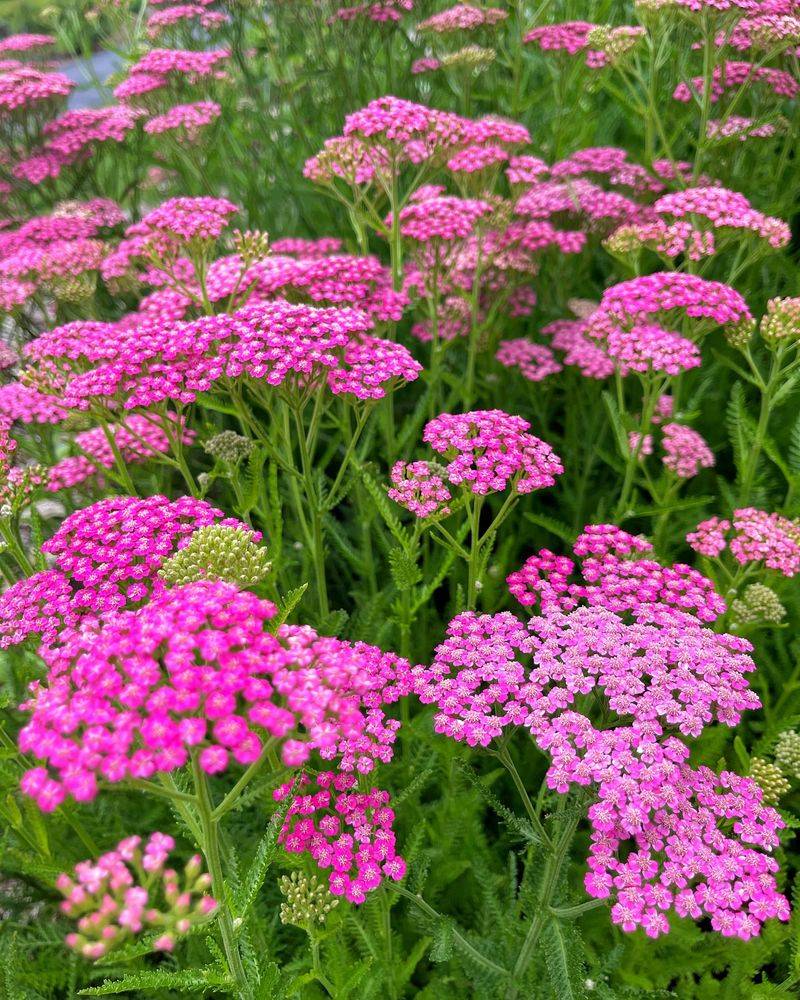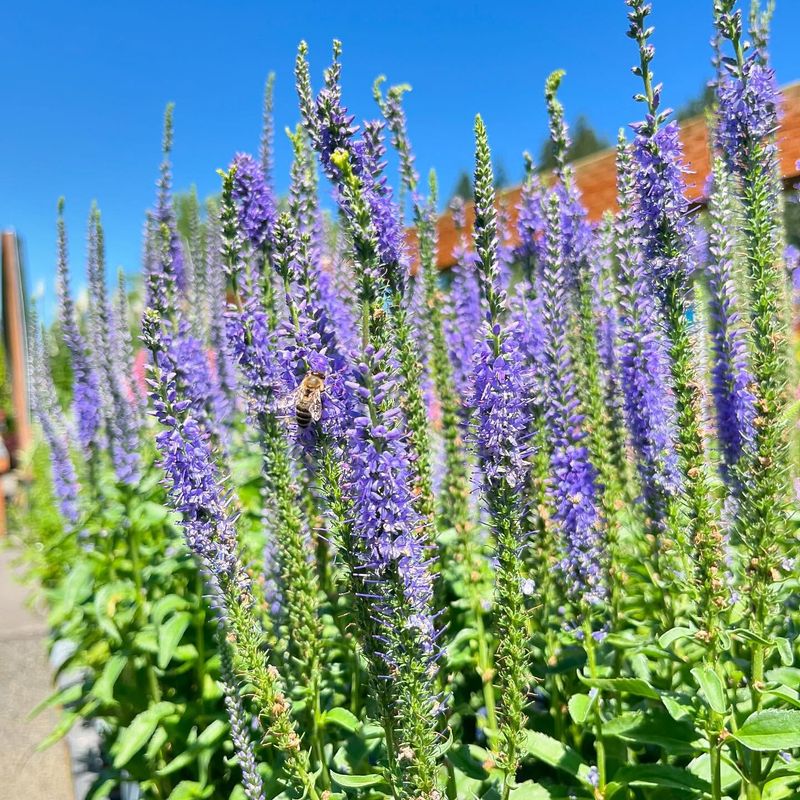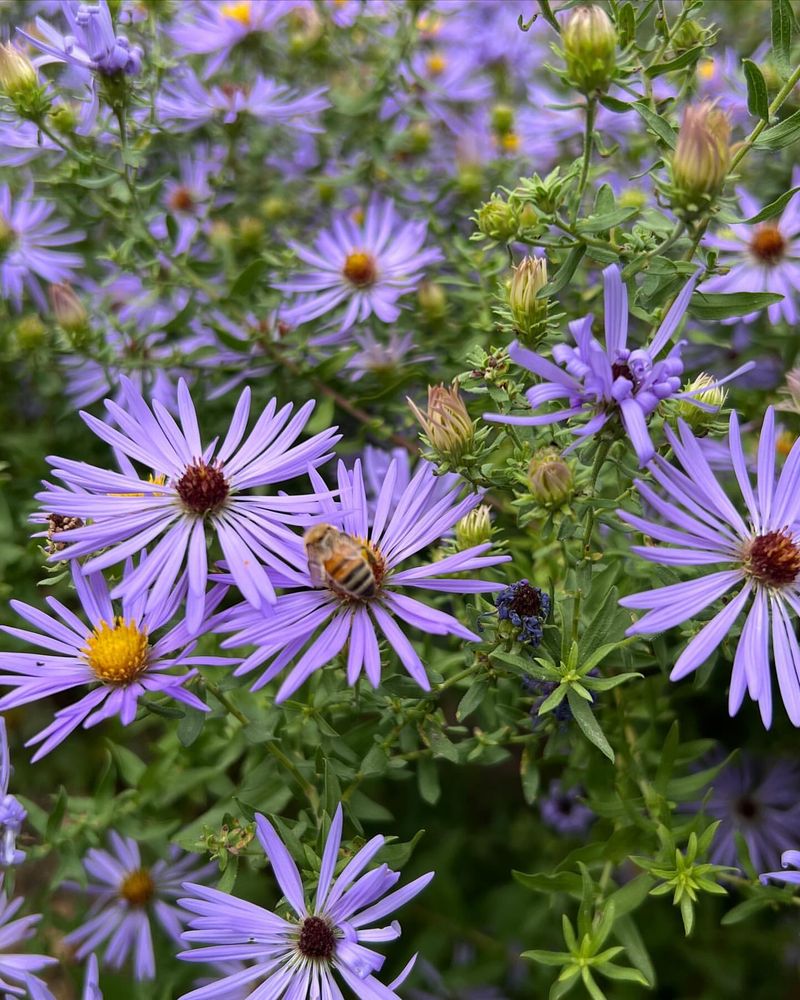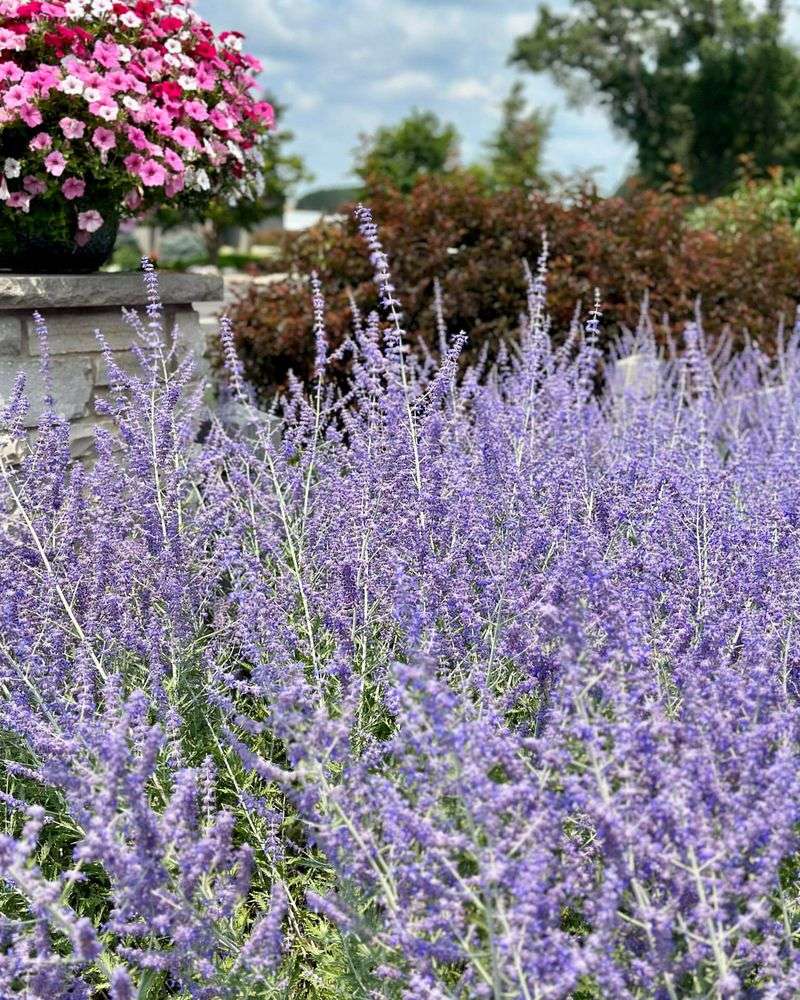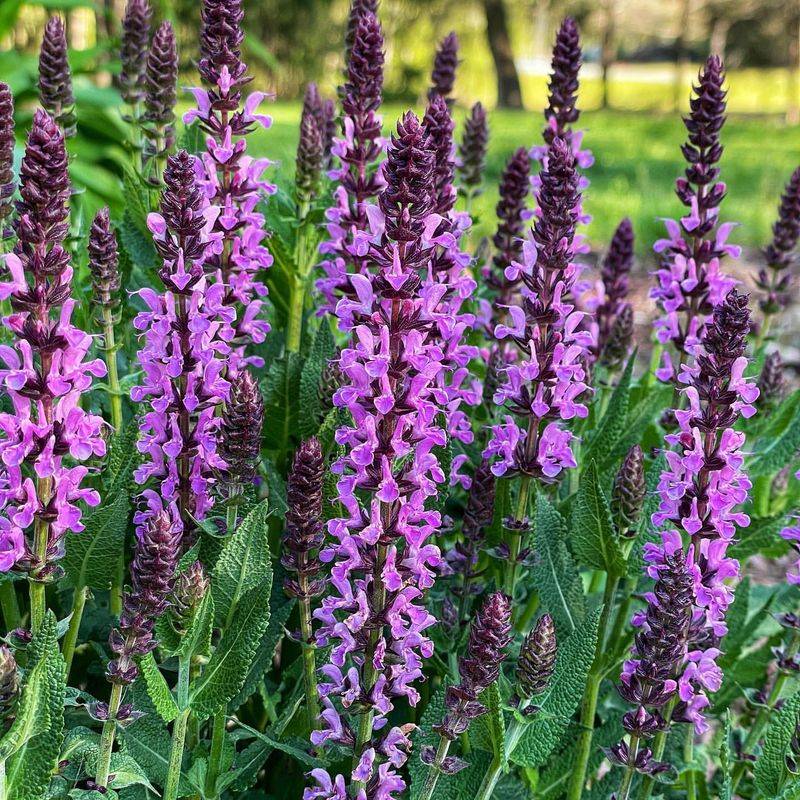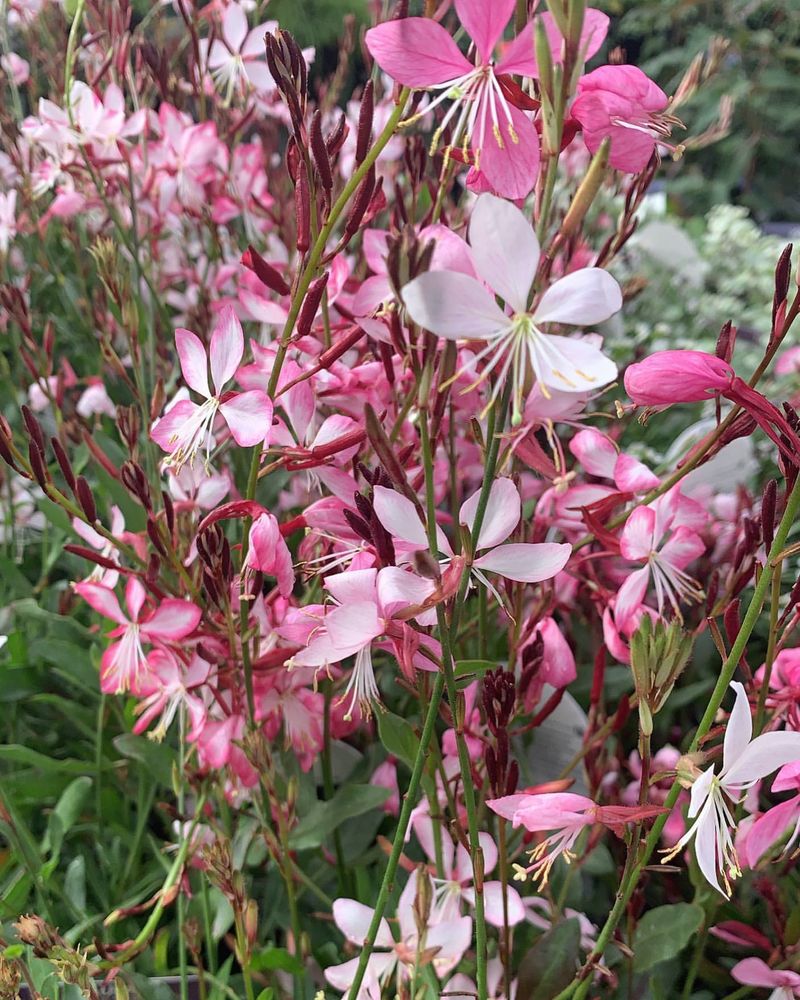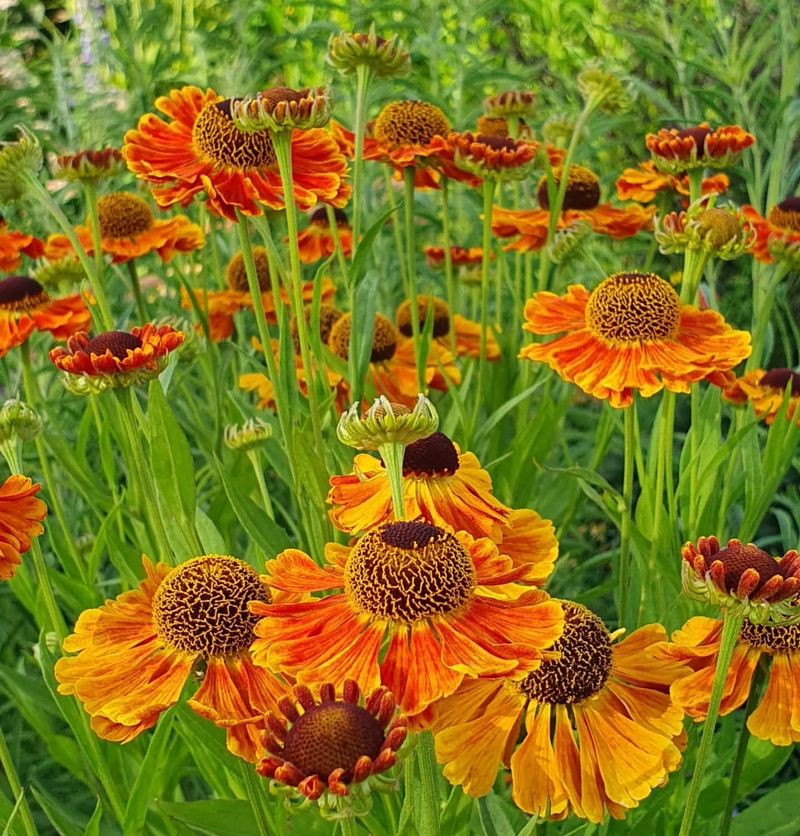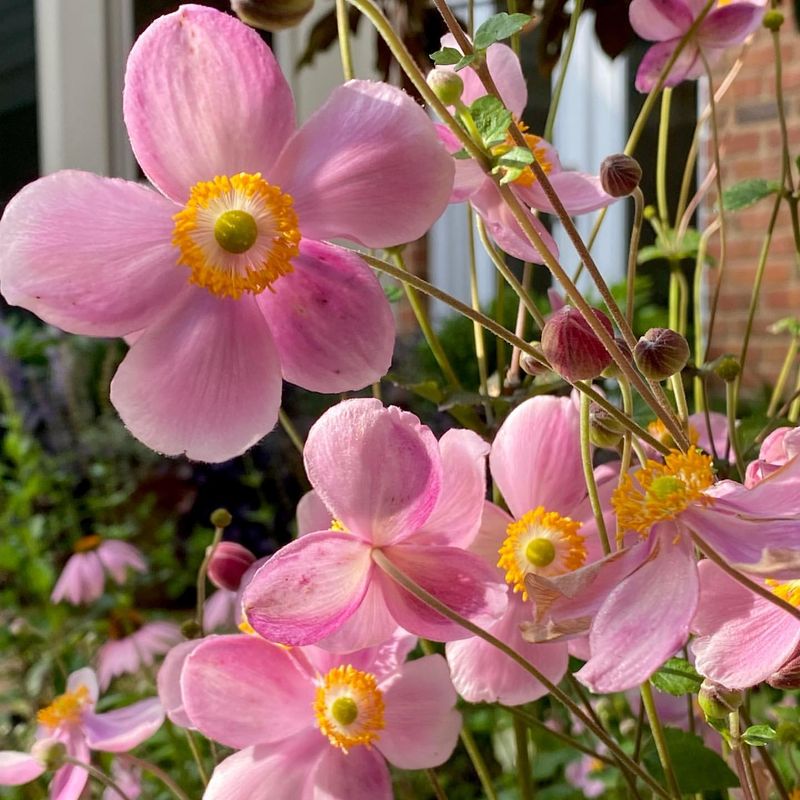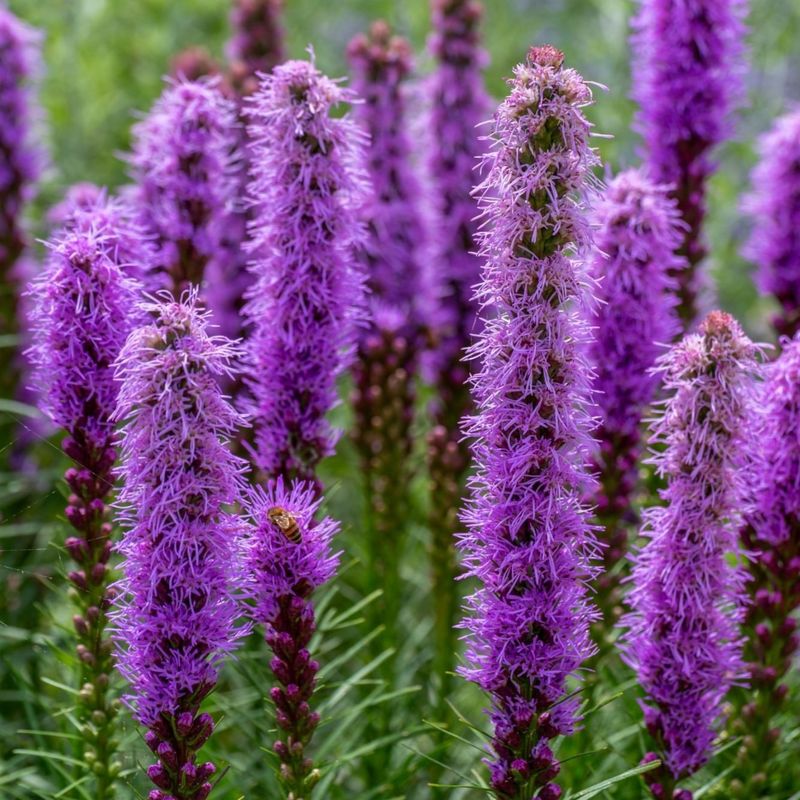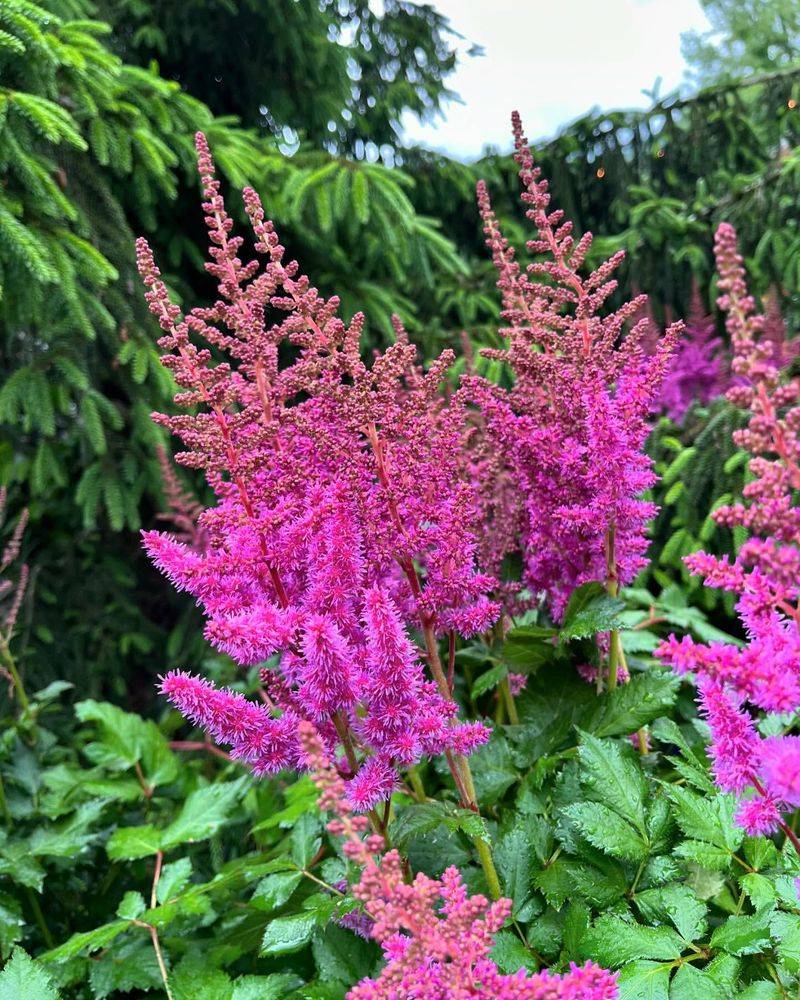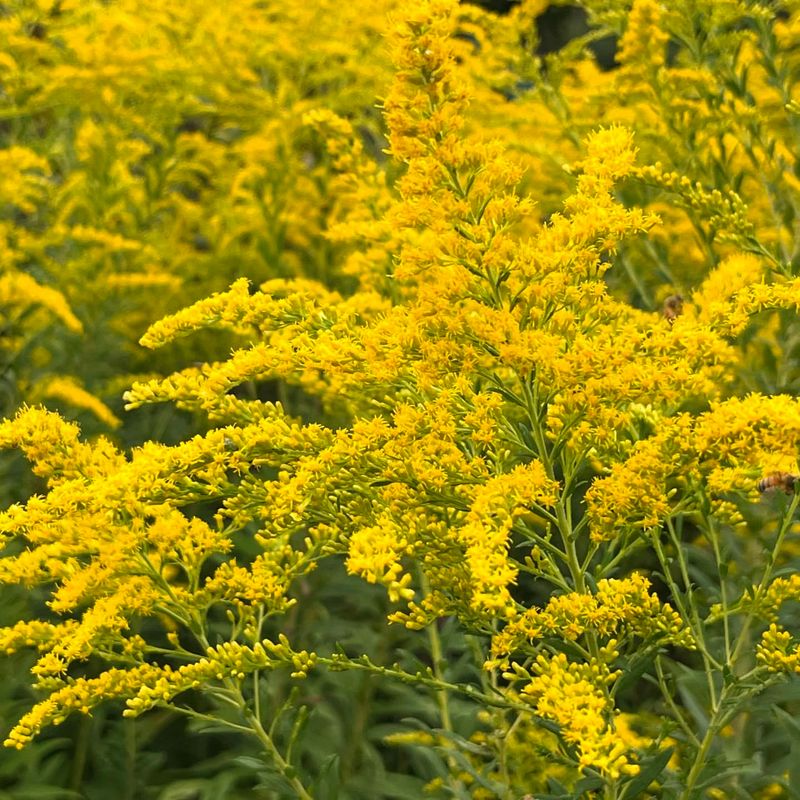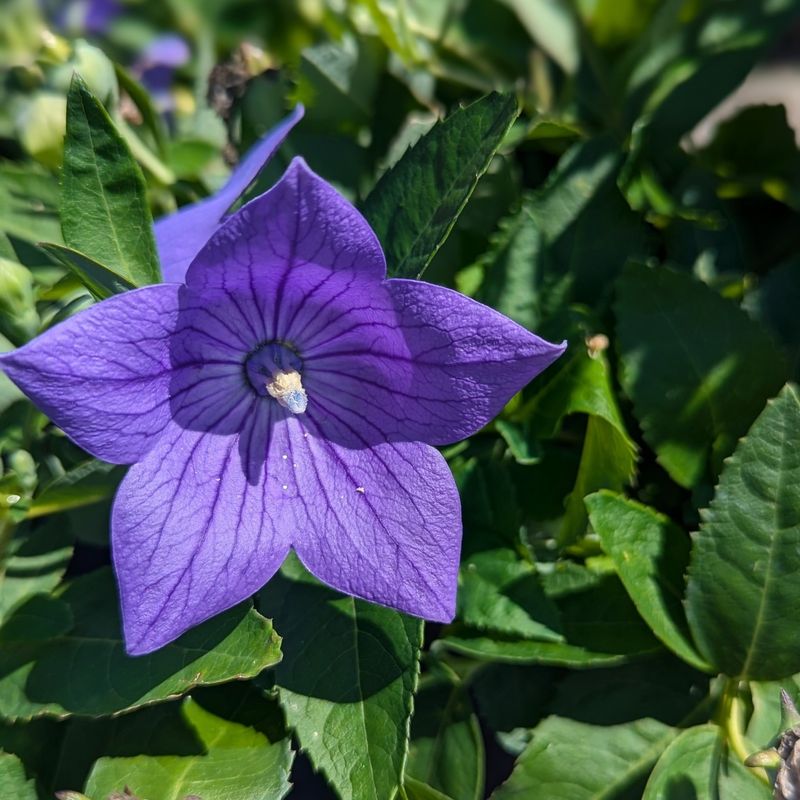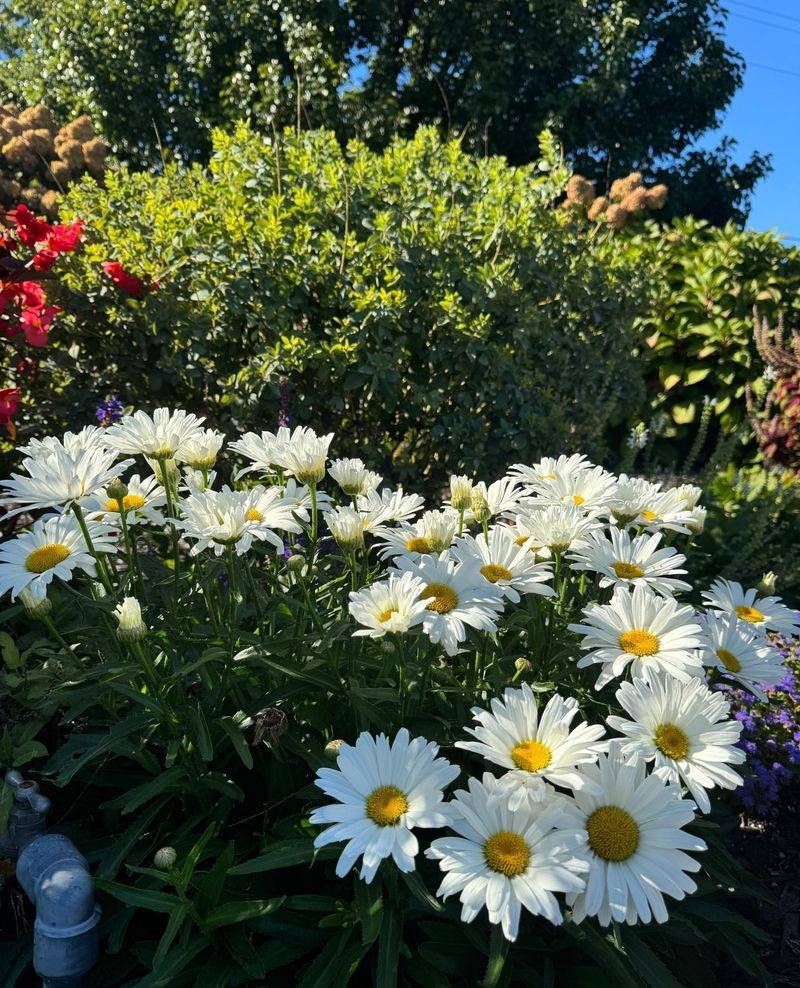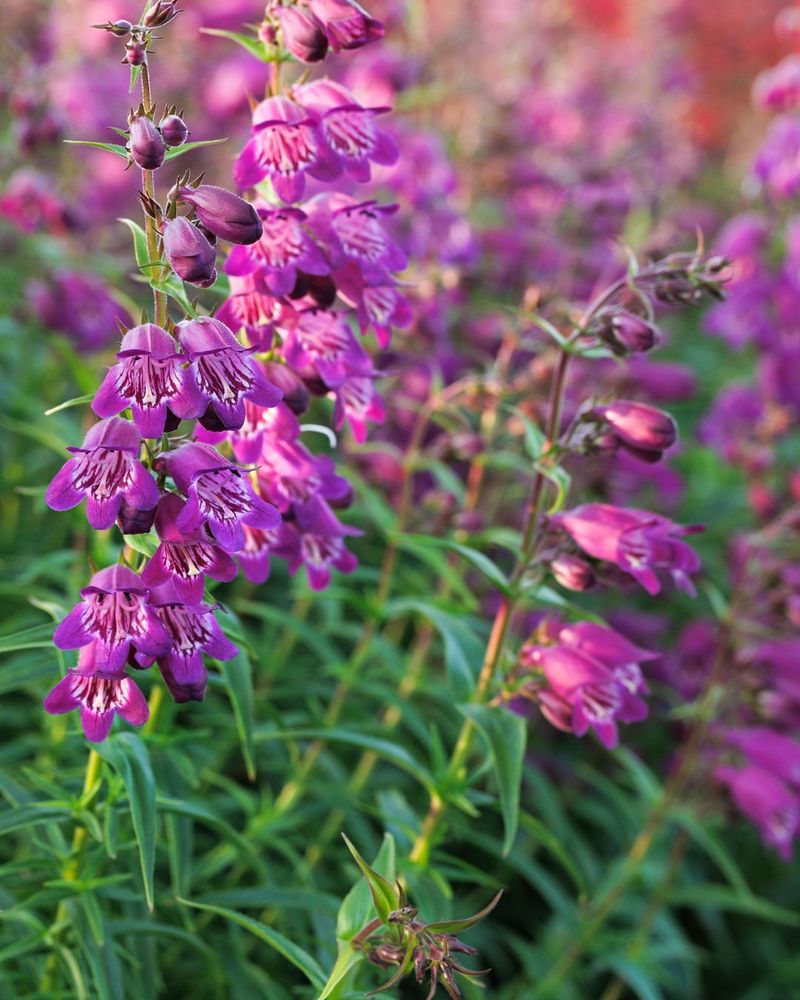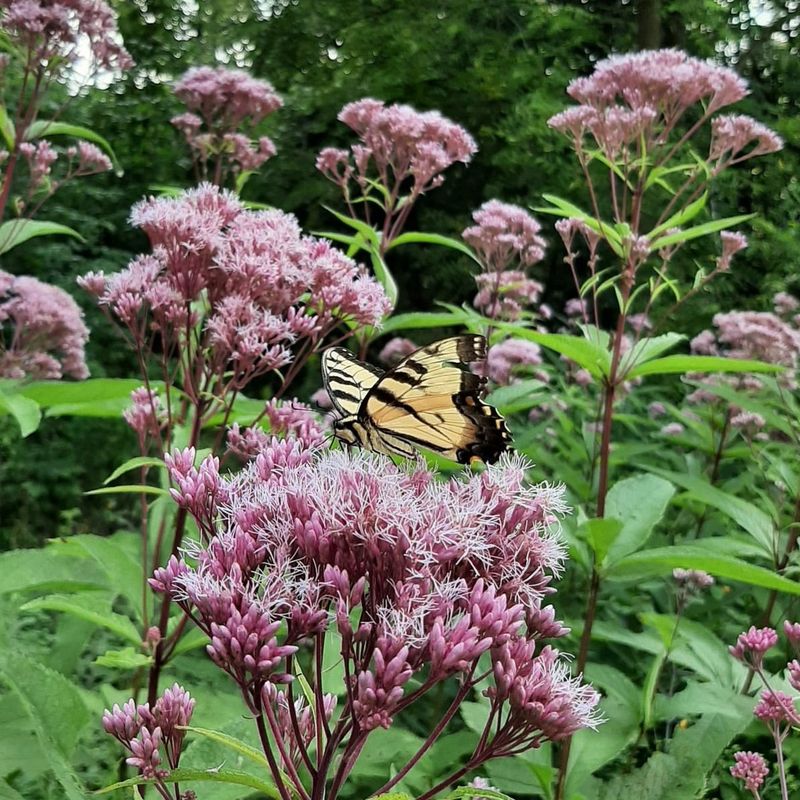Winter pruning is essential for many perennials, ensuring a vibrant spring display.
Pro gardeners share their top 26 picks for winter cutting, detailing the benefits of each cut.
1. Lavender
Winter arrives, and it’s time to give lavender a little trim. This aromatic plant, with its silvery-green foliage and purple blooms, benefits from a winter cut to prevent woodiness and promote bushy growth in spring. By maintaining its shape and removing spent blooms, lavender will reward you with lush, fragrant flowers.
To thrive, plant lavender in well-drained soil, basking in full sun. It prefers a Mediterranean climate but can adapt to cooler zones with proper care. Allow the soil to dry out between waterings, avoiding soggy conditions that can lead to root rot.
2. Peony
Once the frost hits, peonies are ready for their winter haircut. These magnificent flowers, known for their large, lush blooms, should be cut back to ground level to prevent disease and encourage healthy growth. By clearing away dead foliage, you ensure a robust and vibrant display next season.
Peonies thrive in well-drained soil with full sun exposure. They require minimal watering once established, making them a low-maintenance addition to your garden. A layer of mulch can protect the roots during harsh winter months.
3. Hosta
As temperatures fall, it’s time to bid farewell to hosta leaves. These shade-loving plants, with their broad, lush foliage, benefit from a winter cutback to prevent slug and disease problems. By removing the dying leaves, you’ll ensure a fresh and vibrant appearance come springtime.
Hostas prefer well-drained, fertile soil and thrive in shaded areas. Keep the soil consistently moist but not waterlogged, and provide a layer of mulch for added protection. Watch for slugs and snails, which may require some control measures.
4. Daylily
As the garden rests, daylilies need a little snip to stay in top form. These resilient, colorful bloomers appreciate a winter trim to tidy up their appearance and boost next season’s blooms. By removing spent foliage, you reduce the risk of pests overwintering in the garden.
Daylilies are easy to grow in almost any soil type, thriving in full sun to partial shade. They appreciate regular watering but can tolerate drought once established. Divide clumps every few years to maintain vigor and prevent overcrowding.
5. Bee Balm
In winter, bee balm appreciates a clean start by cutting back its stems. This vibrant perennial, known for attracting pollinators, benefits from a trim to prevent mildew and encourage healthy growth. By removing old stems, you pave the way for fresh, fragrant blooms in the warmer months.
Plant bee balm in well-drained soil with full sun to partial shade. Keep the soil consistently moist, especially in hot weather. Regular division every few years helps maintain plant health and vigor.
6. Catmint
As winter descends, catmint deserves a tidy-up to ensure its comeback. This hardy perennial, with its lavender-blue flowers and aromatic leaves, sees better growth and shape with a good trim. Cutting back the stems not only enhances the plant’s aesthetics but also minimizes the risk of diseases.
For optimal growth, plant catmint in well-drained soil with full sun. It’s drought-tolerant once established, making it a perfect choice for low-maintenance gardens. Regular division can help control its spread and keep it looking its best.
7. Phlox
With winter’s chill, phlox benefits from a decisive cut. These vibrant garden favorites, with their clusters of colorful flowers, need to be trimmed to prevent powdery mildew and rejuvenate for the next blooming season. Clearing away old growth also reduces pest habitats, ensuring a healthy start in spring.
Phlox thrives in rich, well-drained soil with full sun exposure. They require regular watering, particularly during dry periods, to maintain vibrant blooms. Deadheading spent flowers can extend the blooming period and keep the garden looking fresh.
8. Rudbeckia
As frosty winds blow, rudbeckia awaits its winter trim. These striking black-eyed Susans, with their bold yellow petals, benefit from cutting back to encourage new, vigorous shoots. Removing old stems also minimizes disease risks, paving the way for a stunning summer display.
Rudbeckia thrives in well-drained soil under full sun. They’re drought-tolerant, making them suitable for both wild gardens and formal borders. Deadheading prolongs the blooming period, and division every few years helps maintain plant health.
9. Sedum
As temperatures plummet, sedum needs a swift cutback. These hardy perennials, with their succulent leaves and rich flower heads, benefit from pruning to prepare for a vigorous spring growth. Cutting off the spent blooms keeps the garden tidy and reduces pest habitats.
Sedum thrives in poor, well-drained soil with full sun exposure. They’re drought-tolerant and ideal for rock gardens or containers. Minimal fertilization keeps them healthy, and division every few years helps sustain their vitality.
10. Echinacea
When winter arrives, echinacea requires a tidy-up to ensure health and beauty. These resilient perennials, known for their daisy-like blooms, should be cut back to prevent diseases and encourage strong growth. Removing dead foliage ensures a neat garden and sets the stage for a vibrant spring.
Echinacea prefers well-drained soil and full sun for optimal growth. They’re drought-tolerant once established, making them perfect for low-maintenance gardening. Deadheading spent flowers promotes continuous blooming throughout the season.
11. Coreopsis
Winter is the perfect time to prune back coreopsis. These cheerful plants, adorned with yellow, daisy-like flowers, benefit from a cut to control their spreading habit and rejuvenate for the next season. By removing old growth, you also minimize disease risks.
Coreopsis thrives in well-drained soil with ample sun. They’re drought-tolerant and excellent for wildflower gardens. Regular deadheading encourages more blooms, while division every few years maintains plant vigor and reduces overcrowding.
12. Yarrow
When the cold sets in, yarrow appreciates a good trim. This resilient perennial, known for its feathery foliage and flat-topped clusters of flowers, benefits from cutting back to prevent legginess and promote robust growth. Clearing away dead stems keeps the garden neat and reduces pest hiding spots.
Yarrow thrives in well-drained soil with full sun exposure. It’s drought-tolerant and perfect for xeriscaping. Annual division helps maintain its vigor and prevents it from overtaking the garden.
13. Veronica
With winter’s chill, veronica calls for a cutback. These striking perennials, with their tall, spiky blooms, benefit from trimming to encourage dense, healthy growth. By cutting back old stems, you create space for vibrant new shoots in the spring.
Veronica thrives in moist, well-drained soil with full sun to partial shade. Regular watering promotes lush foliage and prolonged blooming. Deadheading spent flowers encourages continuous blooms and a tidier appearance.
14. Aster
As the frost settles, asters need a winter trim to flourish anew. These garden favorites, with their daisy-like blooms, benefit from cutting back to promote healthy growth and prevent disease. By removing old stems, you enhance the garden’s appearance and ensure a vibrant spring show.
Asters prefer well-drained soil and full sun exposure. They require regular watering, especially during dry spells, to maintain their colorful display. Division every few years helps keep the plants vigorous and prevents overcrowding.
15. Russian Sage
Winter whispers, and Russian sage requires its annual tidy-up. This hardy perennial, with its aromatic silver foliage and lavender blooms, benefits from cutting back to encourage dense growth and prevent woodiness. Trimming ensures a neat appearance and prepares the plant for a bountiful bloom.
Russian sage thrives in well-drained soil under full sun. It’s drought-tolerant, perfect for xeriscaping. Minimal watering and occasional division keep it looking fresh and healthy.
16. Salvia
As winter chills, salvia asks for a trim to bloom brightly next season. These aromatic plants, with their vibrant spikes of flowers, benefit from cutting back to prevent legginess and encourage bushier growth. Removing old stems also reduces the risk of diseases overwintering.
Salvia prefers well-drained soil with full sun exposure. It’s drought-tolerant, making it ideal for low-maintenance gardens. Regular deadheading extends the blooming period, while division every few years maintains plant health.
17. Gaura
Winter is the time to give gaura a good cutback. These whimsical plants, with their delicate pink and white blooms, benefit from trimming to promote bushy growth and prevent legginess. By cutting back the stems, you ensure a fresh start and a lively display in spring.
Gaura thrives in well-drained soil with full sun to partial shade. They’re drought-tolerant once established, making them perfect for carefree gardens. Minimal watering and regular division keep them healthy and blooming.
18. Helenium
As the garden slumbers, helenium needs a trim to prepare for spring. These bold perennials, with daisy-like flowers, benefit from cutting back to encourage fresh growth. Trimming also reduces the risk of pests overwintering in the foliage.
Helenium thrives in well-drained soil with full sun exposure. Regular watering promotes lush blooms, and deadheading extends the flowering season. Division every few years helps maintain plant vigor and prevents overcrowding.
19. Japanese Anemone
Winter arrives, and Japanese anemone needs its annual prune. These elegant plants, with their delicate blooms, benefit from cutting back to ground level to refresh growth and prevent disease. By tidying up, you set the stage for a graceful spring display.
Japanese anemones thrive in moist, well-drained soil with partial shade. They require regular watering, especially in dry spells. Division every few years helps maintain their vigor and prevent spreading.
20. Liatris
As frost coats the garden, liatris benefits from a winter cutback. These spiky perennials, known for attracting pollinators, should be trimmed to encourage strong new growth. Removing old stems also prevents diseases and keeps the garden looking neat.
Liatris thrives in well-drained soil with full sun exposure. They’re drought-tolerant once established, making them ideal for low-maintenance gardens. Minimal watering and occasional division keep them healthy and vigorous.
21. Astilbe
Winter’s chill calls for astilbe to receive its annual haircut. These shade-loving perennials, with their feathery plumes, benefit from cutting back to ground level to rejuvenate for the new season. Trimming also reduces the risk of pests and keeps the garden tidy.
Astilbe prefers moist, well-drained soil and partial shade. They require regular watering, especially during dry spells, to maintain lush foliage. Division every few years helps prevent overcrowding and maintains plant health.
22. Goldenrod
With winter’s approach, goldenrod requires a trim to keep its charm. These sunny perennials, known for their golden flowers, benefit from cutting back to promote healthy growth. By removing old stems, you prevent diseases and ensure a glorious summer display.
Goldenrod thrives in well-drained soil with full sun exposure. They’re drought-tolerant and ideal for wildflower gardens. Minimal watering and occasional division help maintain their vigor and prevent overcrowding.
23. Balloon Flower
Winter winds signal a trim for balloon flowers. These unique perennials, known for their balloon-like buds, benefit from cutting back to encourage robust growth and prevent diseases. By tidying up the garden, you set the stage for a delightful summer show.
Balloon flowers thrive in well-drained soil with full sun to partial shade. They require regular watering, especially during dry spells, to maintain vibrant blooms. Division every few years helps prevent overcrowding and maintains plant health.
24. Shasta Daisy
Winter’s chill is the perfect time to cut back shasta daisies. These classic garden perennials, with their white petals surrounding sunny centers, benefit from trimming to promote vigorous growth. By removing old stems, you prevent pest habitats and ensure a fresh start.
Shasta daisies thrive in well-drained soil with full sun exposure. Regular watering keeps them blooming, and deadheading encourages more flowers. Division every few years maintains their health and prevents overcrowding.
25. Penstemon
As winter sets in, penstemon needs a tidy-up to ensure a stunning spring. These vibrant perennials, with tubular blooms, benefit from cutting back to promote healthy new growth. Trimming also reduces the risk of diseases overwintering in the stems.
Penstemon prefers well-drained soil with full sun exposure. They’re drought-tolerant and perfect for rock gardens. Minimal watering and regular deadheading keep them looking their best.
26. Joe Pye Weed
Winter offers the chance to cut back joe pye weed for a fresh start. These towering perennials, known for attracting butterflies, benefit from trimming to ground level to encourage vigorous growth. By removing old stems, you prevent diseases and set the stage for a lively summer.
Joe pye weed thrives in moist, well-drained soil with full sun to partial shade. They require regular watering, especially in dry spells. Division every few years helps maintain their vigor and prevents spreading.

